HVAC components
HVAC components work together to regulate temperature, airflow, and air quality. These components include air handling units, ductwork, and field devices, such as damper actuators, control valves, sensors and meters. The innovative field devices with flexible control and built-in digital communication protocols provide comfort and energy-efficient control of heating, ventilation and air-conditioning systems.
Actuators for valves, shutters and fire dampers
Belimo actuators are designed for use in a variety of HVAC applications and guarantee reliability and reduced current consumption. With a comprehensive torque range (2 to 40 Nm), mounted directly on damper shafts, the actuators are suitable for control dampers, VAV end devices, fan coil units and many other HVAC applications.
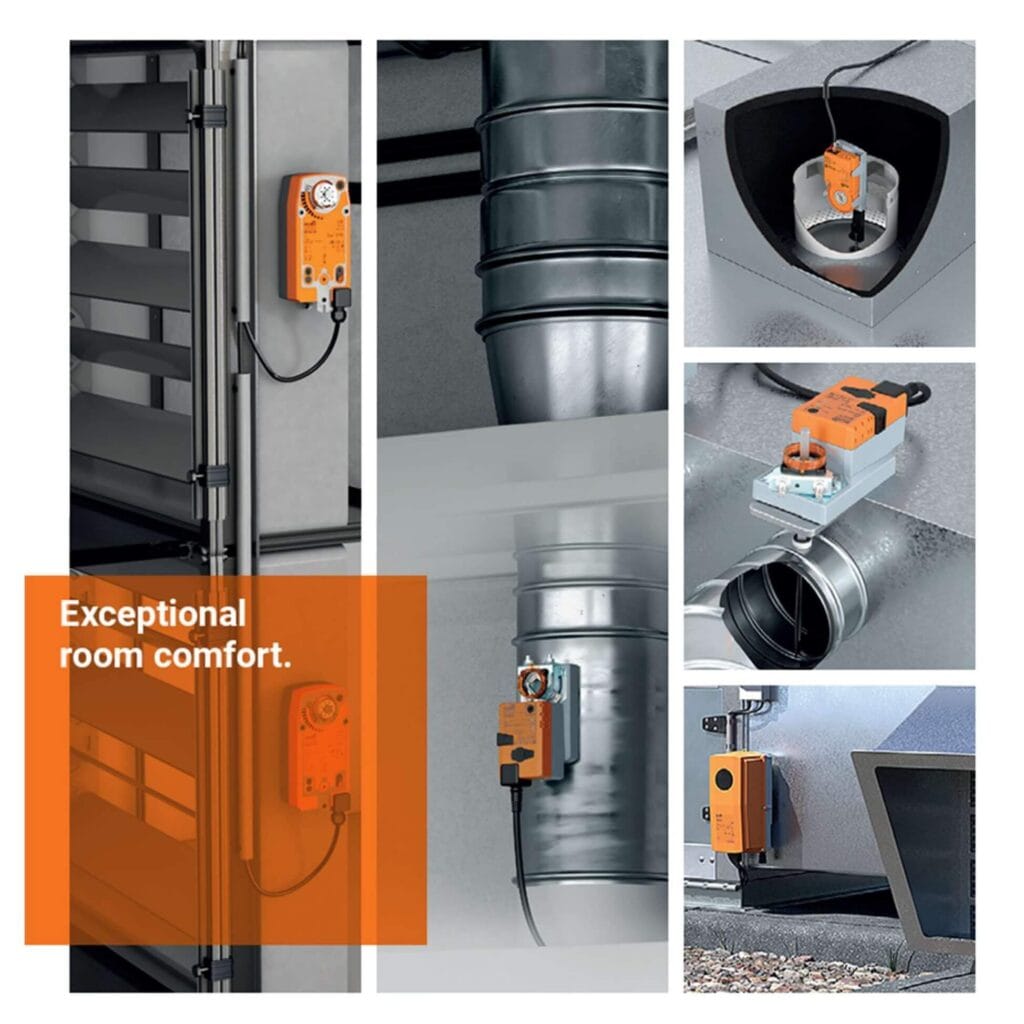
Control valves
Belimo offers a complete product range of innovative valves that meet the requirements of HVAC systems and provide optimal solutions for flow control. This valve portfolio includes a variety of pressure-dependent valves such as the CCV, QCV and butterfly valves, mechanically pressure-independent valves PIQCV, electronic pressure-independent valves EPIV, and more.
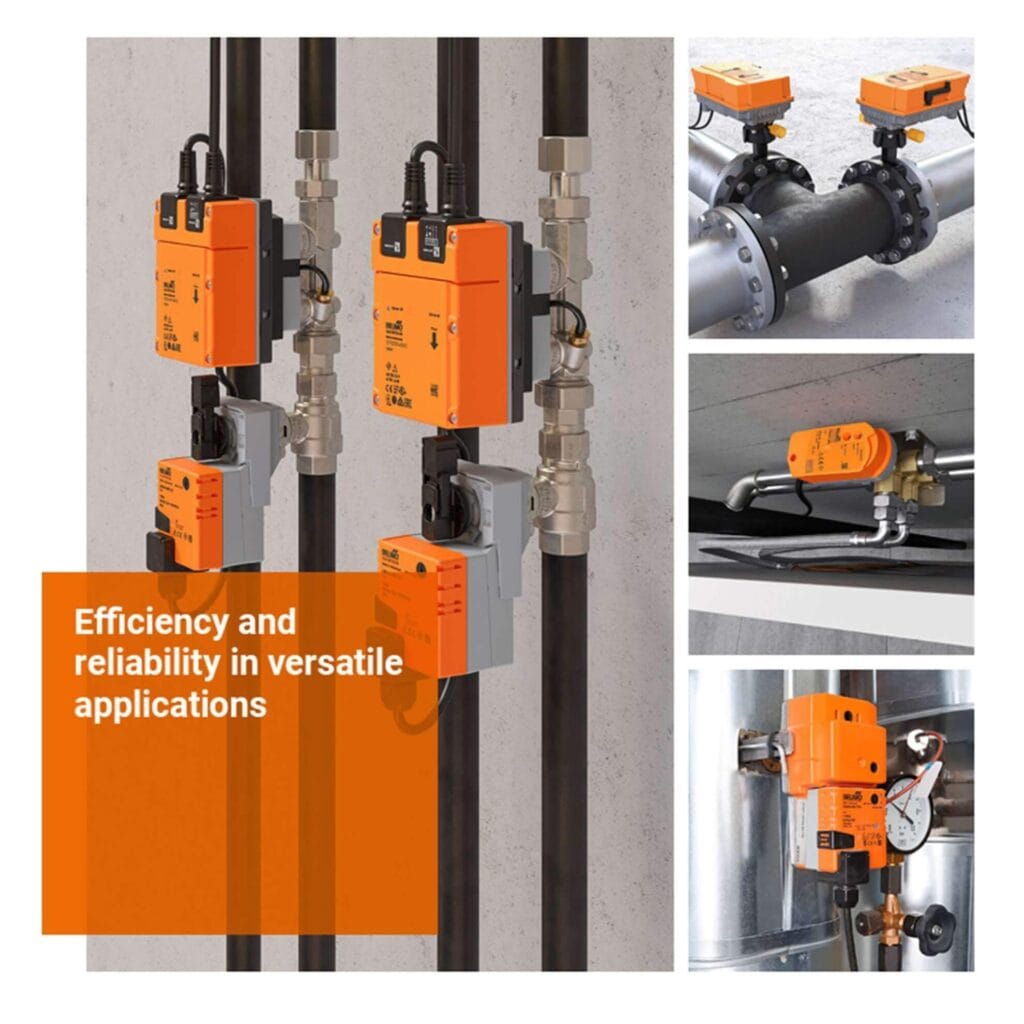
Belimo Energy Valve™
Belimo Energy Valve™, an advanced IoT-capable pressure-independent valve designed to optimise coil performance, integrates energy metering, control, ΔT management, and IoT-enabled billing in one device. This valve offers seamless and direct integration to the BMS or to IoT-based monitoring and performance improvement tools.
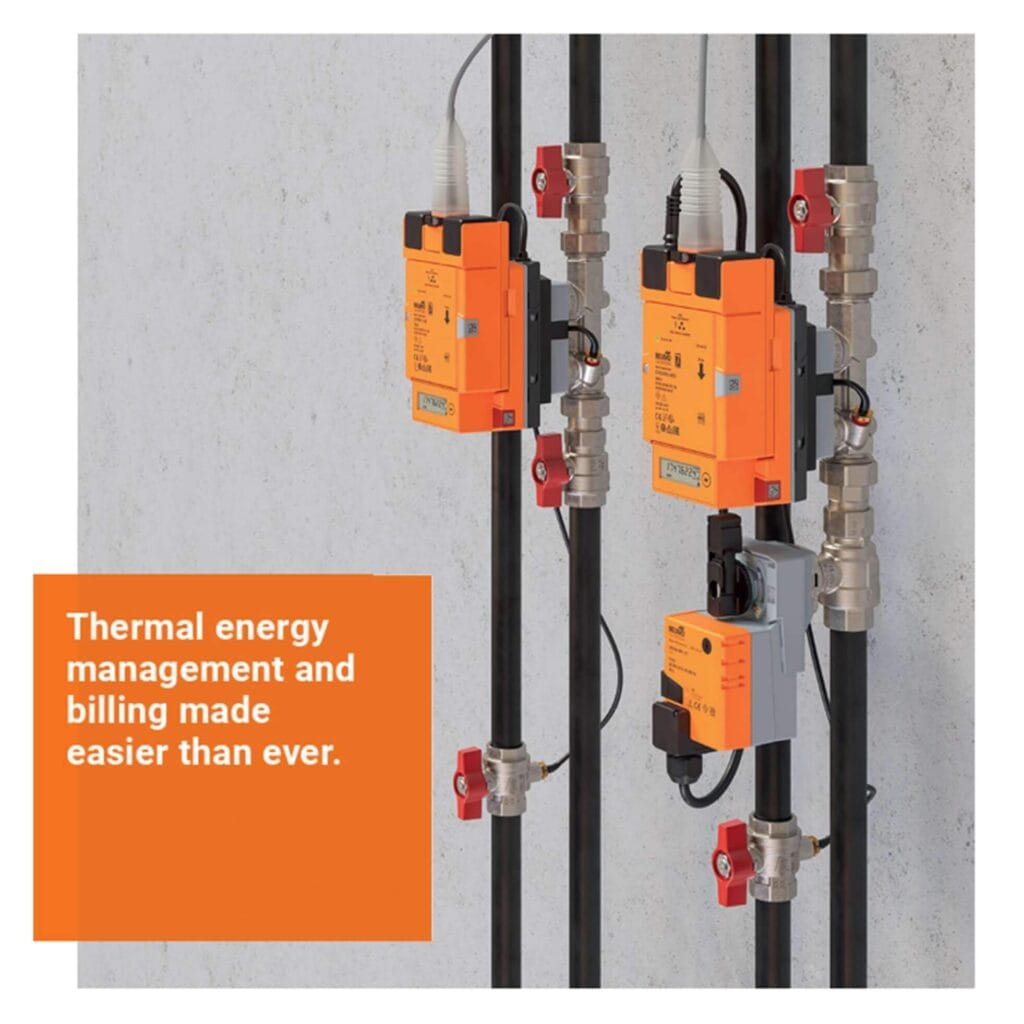
Sensors and meters
Belimo HVAC sensors and thermal energy meters offer superior reliability, easy installation and seamless integration with major Building Automation Systems. This product range consists of sensors that measure temperature, humidity, pressure, CO2, volatile organic compounds (VOC) and flow in pipe, duct, indoor and outdoor applications.
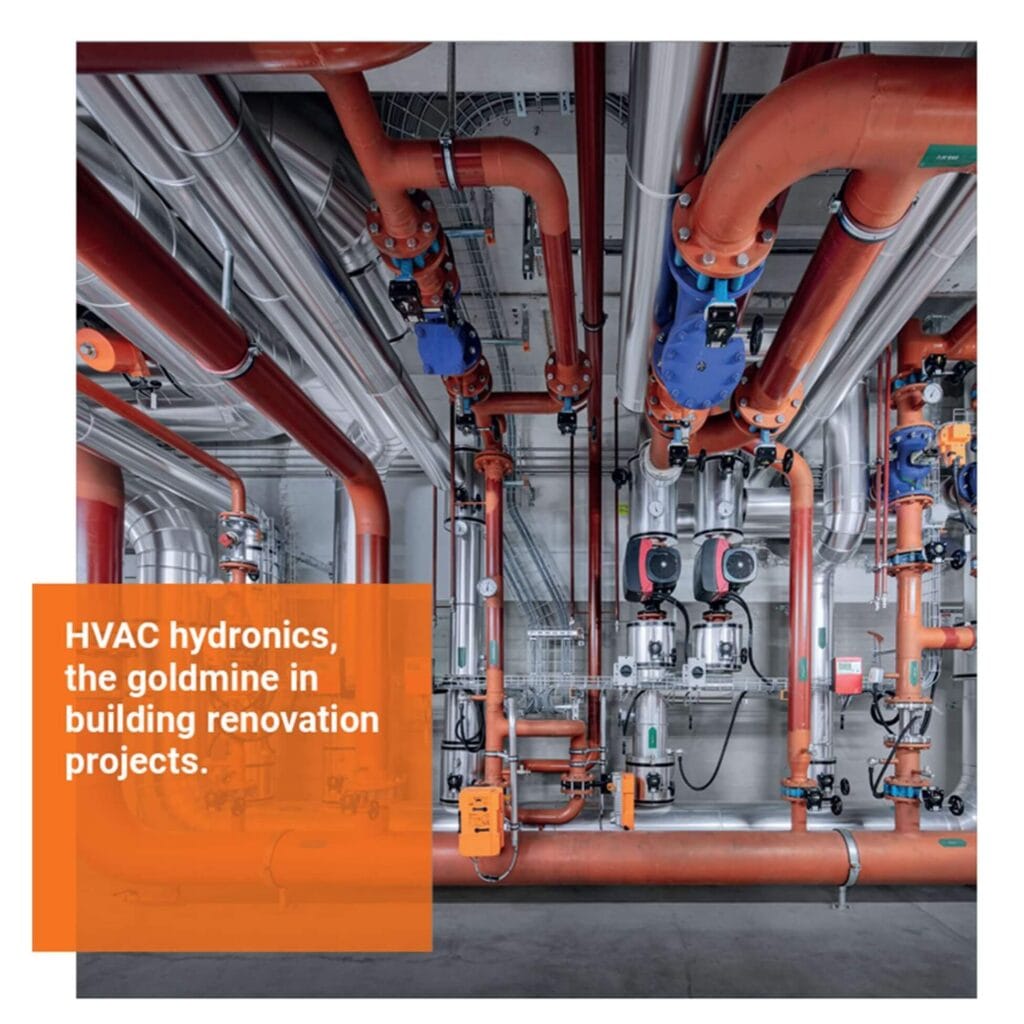

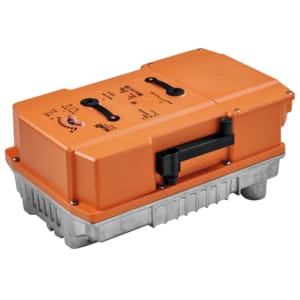
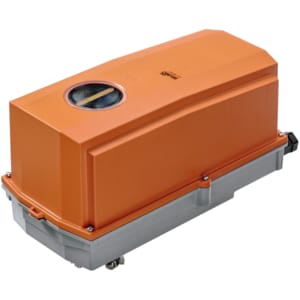
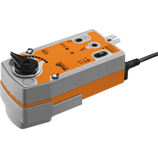
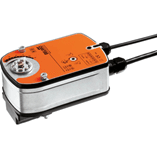
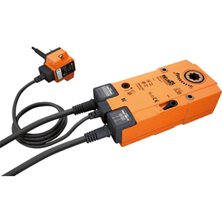
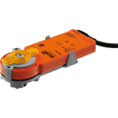
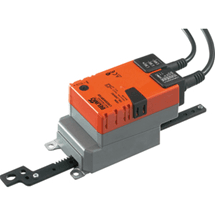
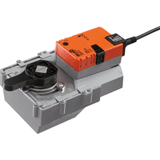
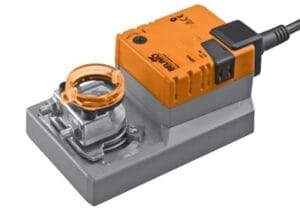
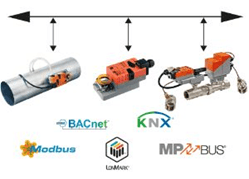
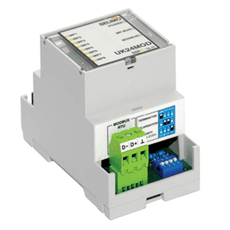
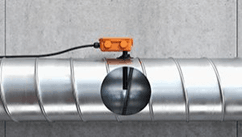
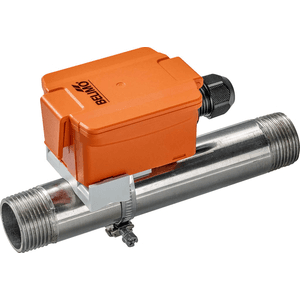
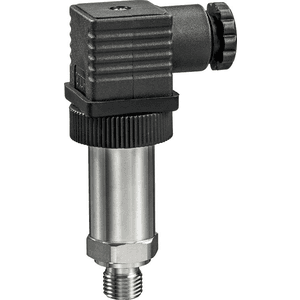
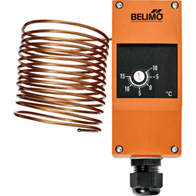
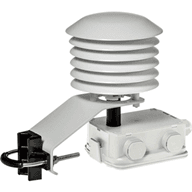
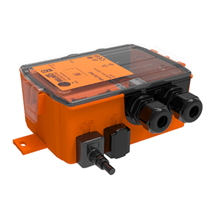
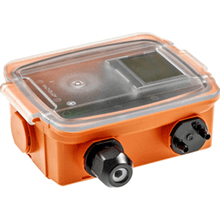
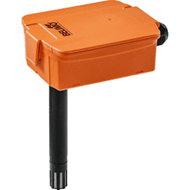
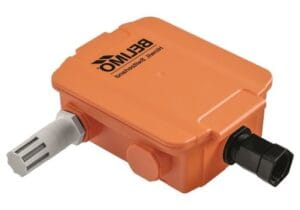
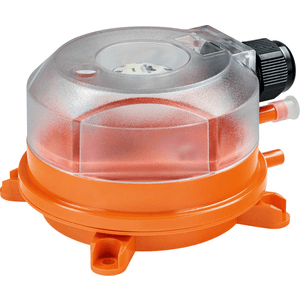
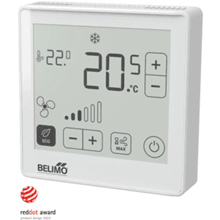
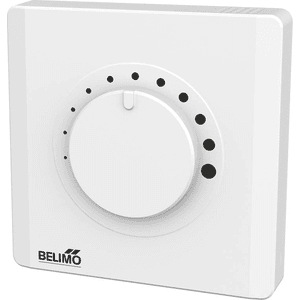
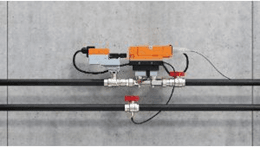
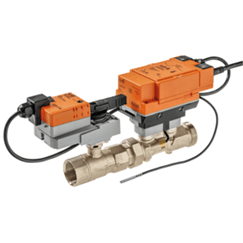
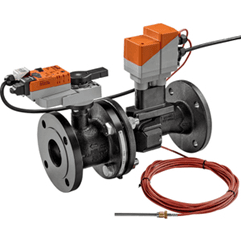
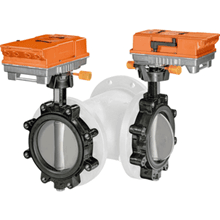
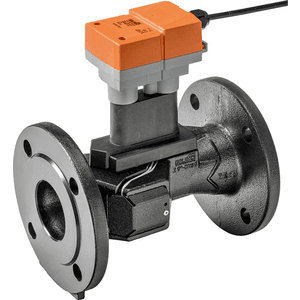
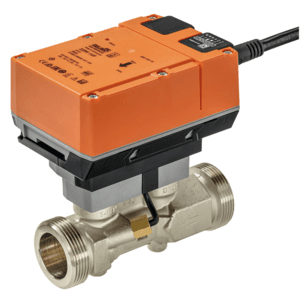
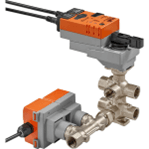
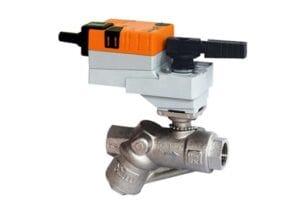
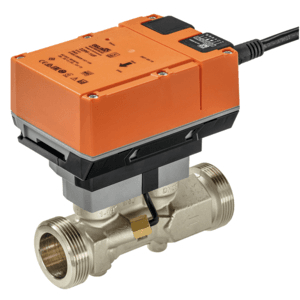
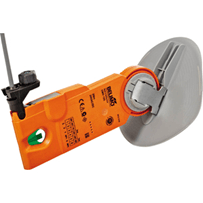
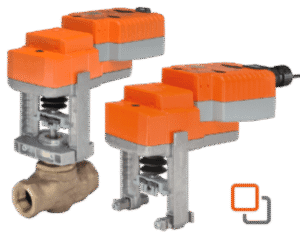
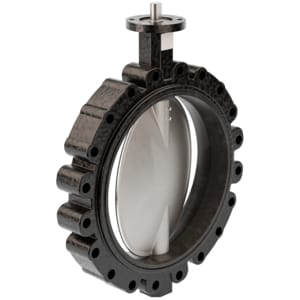
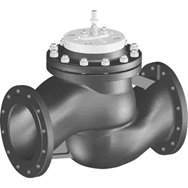
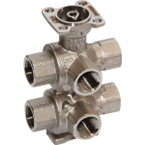
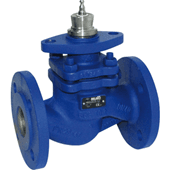
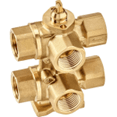
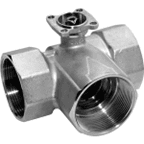
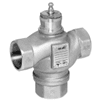
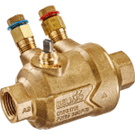
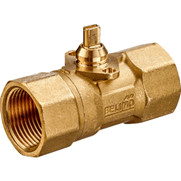
Importance of the HVAC component quality
Industrial HVAC systems require reliable, precise and continuous operation control, in order to maintain good working conditions and protect personnel and equipment, ensure the stability of production processes, and save energy. In contrast to commercial facilities, achieving the required air parameters, such as temperature, humidity, pressure, cleanliness, etc., in industrial facilities is usually much more demanding. The selection of high-quality and innovative HVAC components ensures the reliability and precision of the HVAC system, real-time system monitoring and parameter documentation, and energy savings.
Belimo manufactures high-end electric rotary and linear valve actuators with standard and quick action, as well as actuators for blinds and control dampers, as well as fire dampers, with or without the option of safe closing in case of fire or high temperature detection. There are also various control valves for all HVAC system needs (ball, globe, butterfly and zone valves), both pressure-dependent and independent of fluid pressure, and a special one is the Belimo Energy Valve™. Sensors and meters are necessary for the regulation of parameters, such as air temperature, humidity, pressure, CO2 and volatile organic compounds (VOC) content, for indoor or outdoor applications, as well as in pipes and ducts.
Reliability and energy efficiency
Industrial HVAC systems are large consumers of energy, and every component that contributes to more precise regulation achieves energy savings. Industrial digital communication protocols play a major role in quality regulation and energy saving.
Actuators of valves, blinds and dampers, and fire dampers, enable automated control of air flow, zoning of industrial halls and safe response in case of incident situations. Connected to central control systems, they enable precise management of ventilation in real time, which is especially important in production areas with toxic gases or flammable substances.
Control valves enable dynamic balancing of the heating and cooling system according to the actual need of the process. Their exact configuration ensures that energy is used optimally, without unnecessary waste.
Sensors (room, duct, pipe, external), as well as thermal energy meters (calorimeters), enable constant monitoring of temperature, humidity, pressure and flow. Calorimeters especially contribute to the optimization of energy consumption because they provide a clear picture of consumption by technological units or production lines.
HVAC communication protocols
By integrating digital communication into devices and equipment, HVAC solutions can be remotely monitored, controlled, and maintained. System integrators can take full advantage of field devices’ flexible control and data with built-in digital communication protocols. The Building Management System incorporates actuators and sensors information directly from the devices, allowing the system integrator to use existing industry software to perform all required device setups, monitoring, and control functions. No additional hardware is required, thus eliminating errors and reducing commissioning time. Expensive home-run wiring associated with traditional DDC systems connected to analog field devices can be minimized.
Bus systems exchange volumes of data. The user has access to control, feedback, and parameters on individual devices. Besides material savings (cables, connecting terminals, connectors, etc.), installation time is more straightforward and reduced.
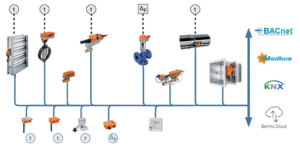
Types of communication protocols include:
- MP-Bus is a single-client/multi-server system for HVAC actuators and sensors. A server segment allows up to eight different HVAC performance devices to be grouped and connected to a higher-level system, is resistant to external interferences, and requires only three conductors to employ. The MP-Bus serves to control HVAC actuators for dampers, control valves, and volumetric flow rate controllers for airflow measurement and control.
- BACnet MS/TP is a widely used (EIA-485 based) communication protocol for building automation. The standard is open, requires no license, and is used by many international providers, universities, and associations. Implementing the BACnet Standard Device Profiles and the associated BACnet Interoperability Building Blocks guarantees genuine compatibility between various BACnet devices.
- BACnet IP is the control industry’s standard communication protocol, which lets equipped devices and systems communicate with one another over common IP-based networks.
- Modbus is a communication protocol commonly used worldwide and in various applications. Its simple implementation and robust performance make Modbus very popular with many manufacturers.
- KNX is a well-engineered building automation system used worldwide to control systems spanning several maintenance groups, such as heaters, blinds, and security technology in buildings. The KNX-certified actuators enable direct connection to the KNX network. Communication takes place via the integrated KNX interface (TP, S-Mode).
- IoT actuators with Ethernet interfaces can exchange operating and setting data within the Belimo Cloud. Sequence depending, they can be controlled locally via an analog signal, BACnet IP, or Modbus TCP/IP. Open and seamless integration of Belimo devices is crucial throughout our communications product lines. Customers own the data from their devices and can freely analyze, use, and even delete information – the benefit of an open and secure Client-API.
Altera ECD uses exclusively HVAC components for industrial use, in accordance with the specifics and requirements of each industry. Our engineering teams design systems with a focus on long-term reliability, efficiency and ease of maintenance. The components we use meet the highest industry standards and can be integrated into SCADA and BMS systems.
Frequently asked questions about HVAC Equipment, Products and Components
What is HVAC?
HVAC stands for Heating, Ventilation, and Air Conditioning. It encompasses a system designed to provide thermal comfort and acceptable indoor air quality. This system is responsible for regulating temperature, humidity, and air circulation in residential, commercial, and industrial buildings.
What is indoor air quality?
Indoor Air Quality (IAQ) refers to the condition of the air within and around homes/buildings, especially as it relates to the health and comfort of the occupants. Good IAQ implies that the air is free from pollutants and contributes to a comfortable and safe living or working environment.
How does the Belimo Energy Valve™ work?
Belimo Energy Valve™ combines an ultrasonic flow sensor for precise flow measurement, temperature sensors for supply and return water, and a built-in ΔT manager to optimize coil performance and prevent low ΔT syndrome. The valve also communicates with Building Management Systems (BMS) via BACnet or Modbus.
Do the Energy Valve, EPIV, and Thermal Energy Meter need to be recalibrated?
No, they are wet-calibrated from the factory and do not need recalibration.
How often should I change my HVAC filters?
Regular filter changes are vital for maintaining optimal performance. It is generally recommended to replace filters every one to three months. However, the frequency may vary based on factors like the type of filter, the level of usage, and the indoor air quality.
What are the common signs that my HVAC system needs repair?
- Unusual noises
- Inconsistent temperatures
- Increased energy consumption
- Frequent cycling on and off
- Poor airflow
How often should I get maintenance on my system?
It’s recommended to get at least one maintenance per year on each of your systems. Even better is one tune-up for your heater in the fall/winter, and one tune-up for your air conditioner in the spring/summer. If you use a combined heating and air conditioning system such as a heat pump, you should get two tunes-up per year.
Can I perform HVAC maintenance myself?
While simple tasks like changing filters can be done by owners, it’s advisable to hire a professional for comprehensive maintenance. Professionals can identify and address potential issues, ensuring the system operates efficiently
What is the lifespan of an HVAC system?
The average lifespan of an HVAC system is around 15-20 years, but factors such as maintenance, usage, type of system, and the quality of the equipment may decrease or increase the lifespan. Regular maintenance can significantly extend the system’s lifespan.
Should I repair or replace my old HVAC system?
Consider replacement if your system is over 10-15 years old, frequently requires repairs, or if your energy bills are rising. Newer systems are more energy-efficient and may offer better performance.
